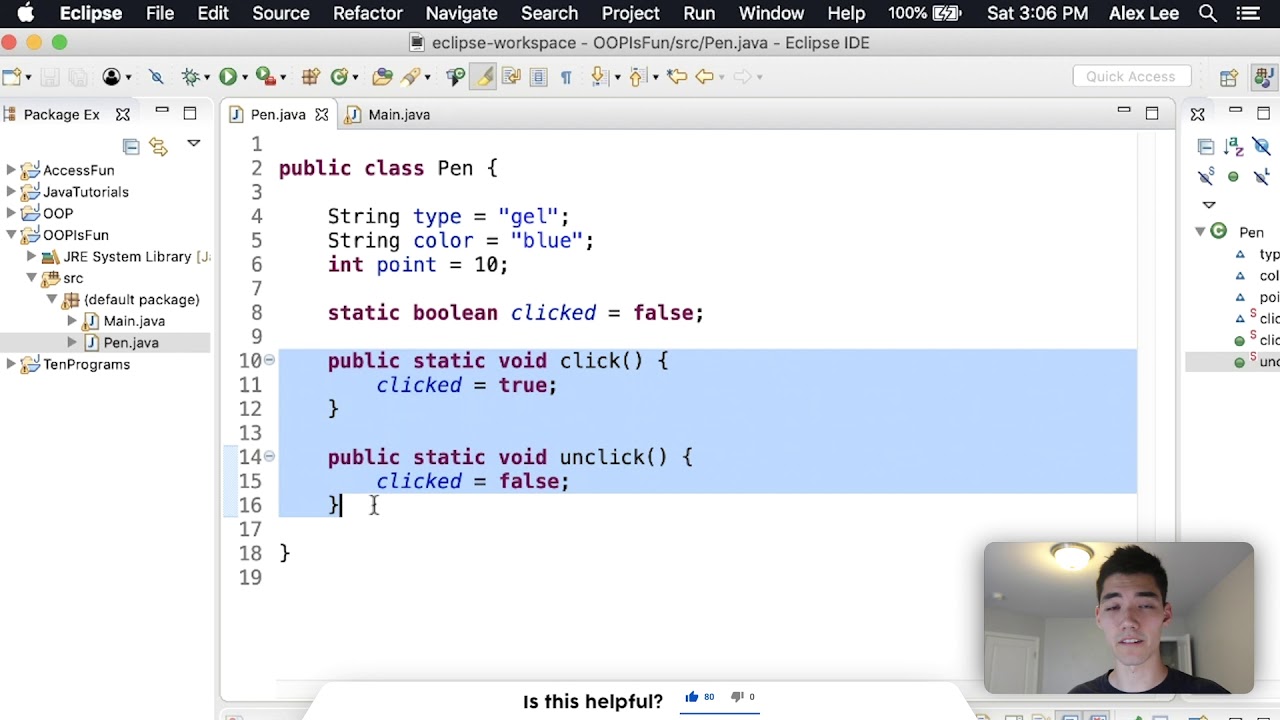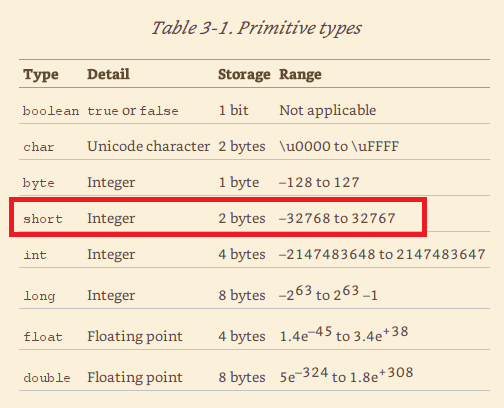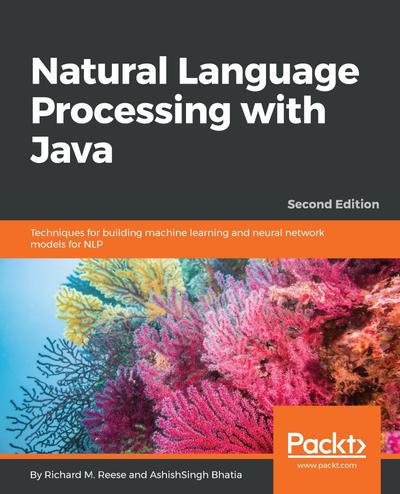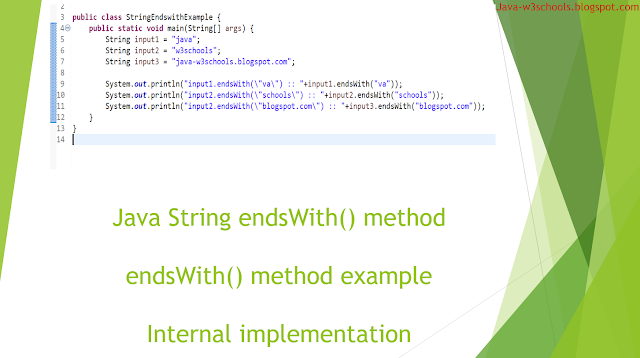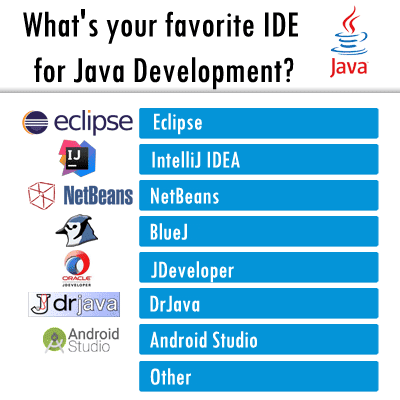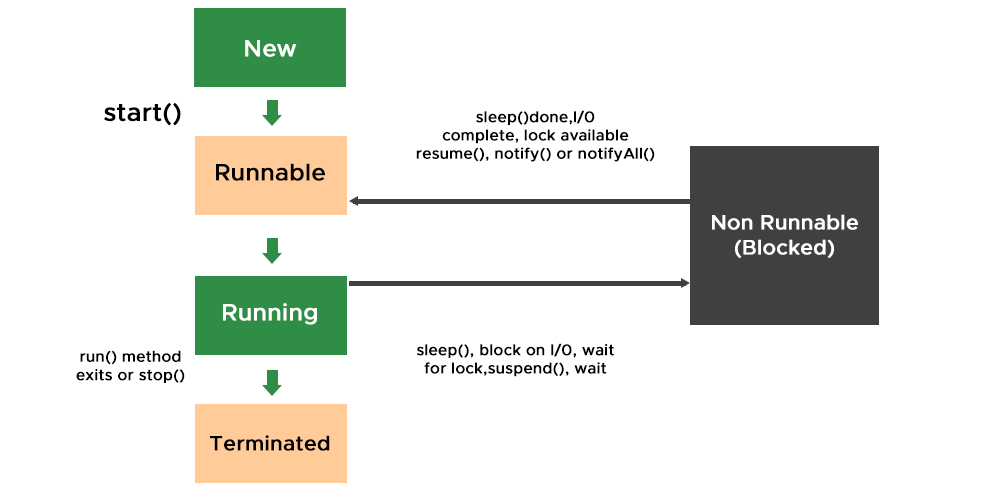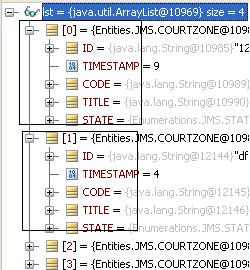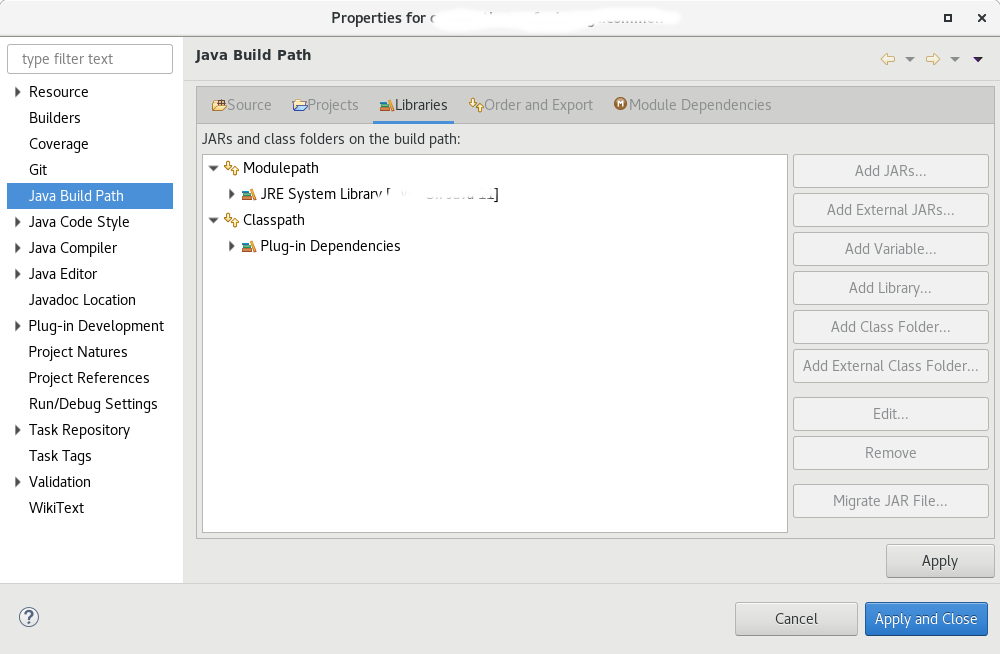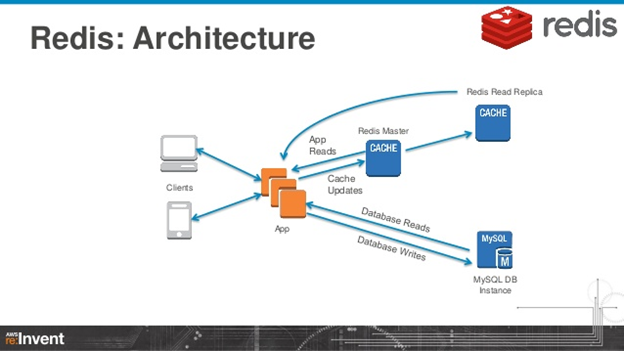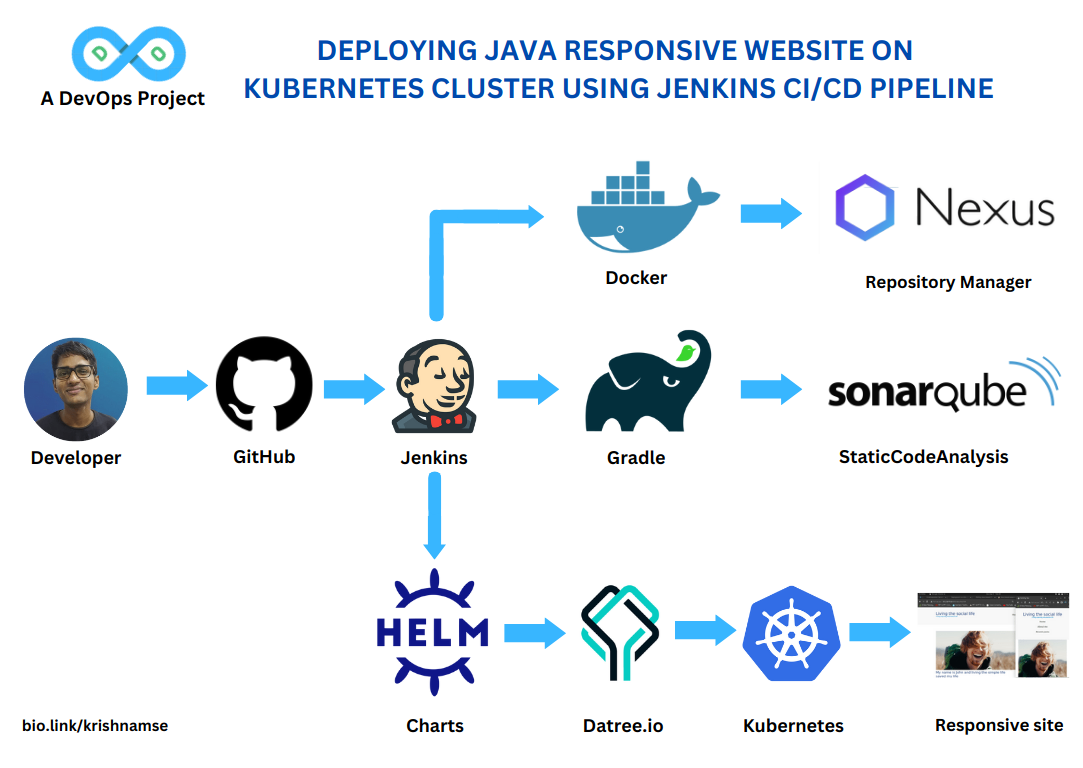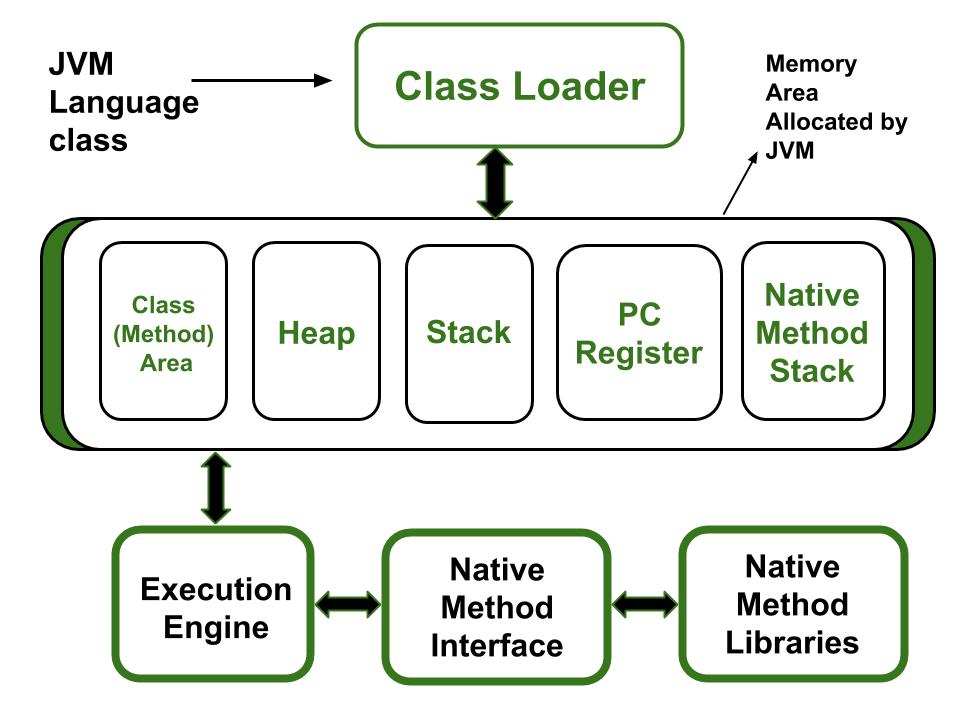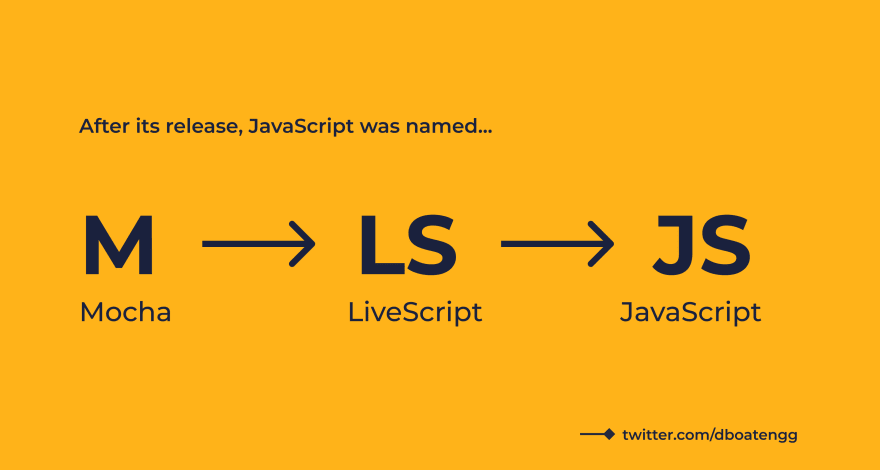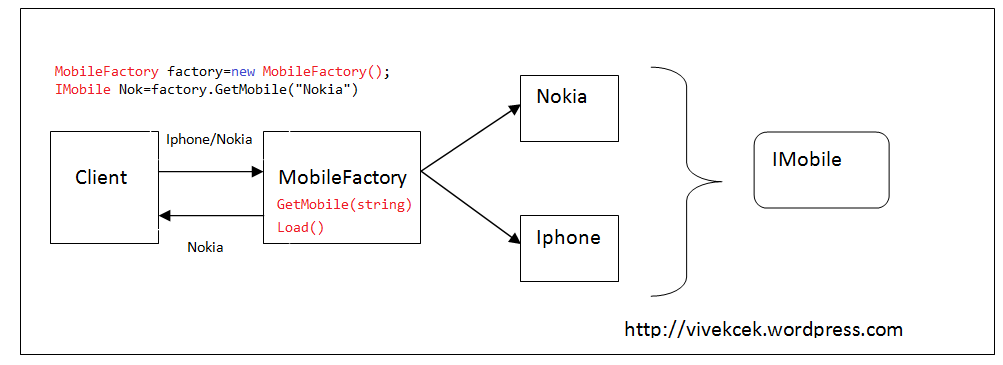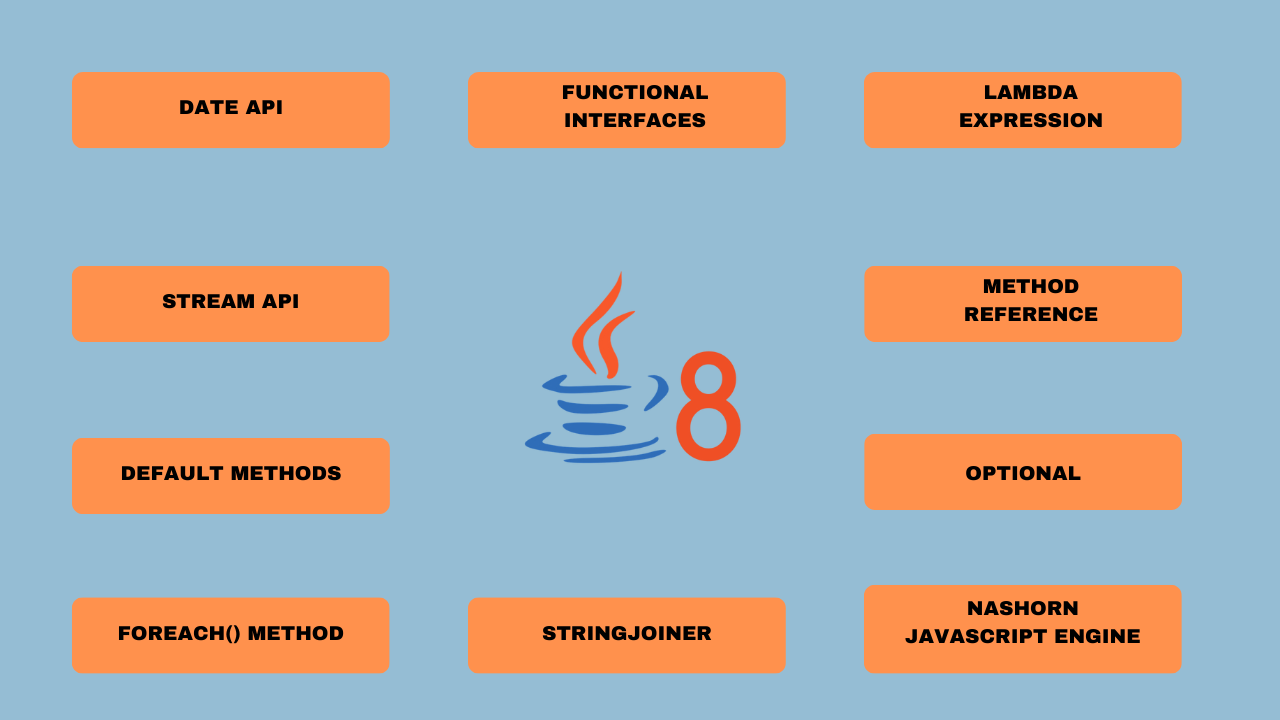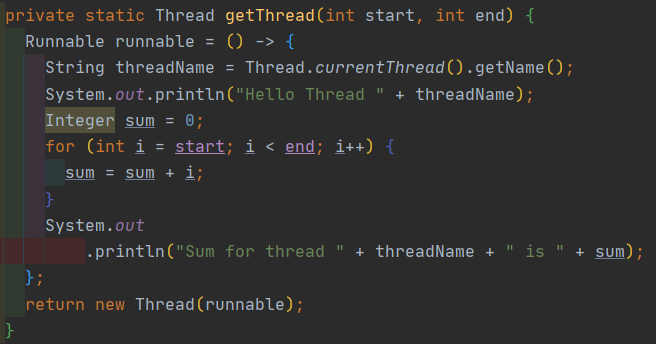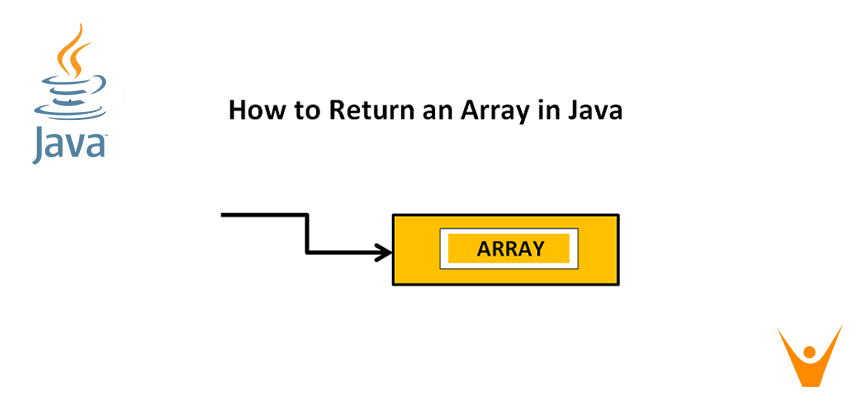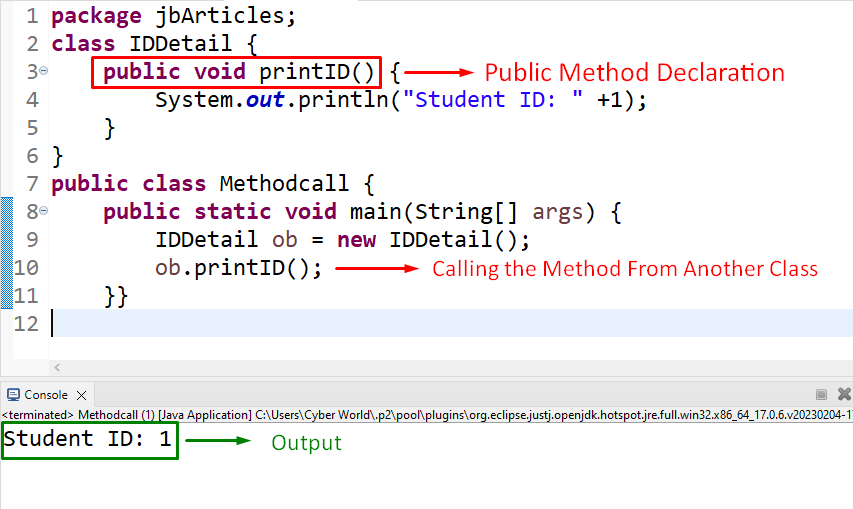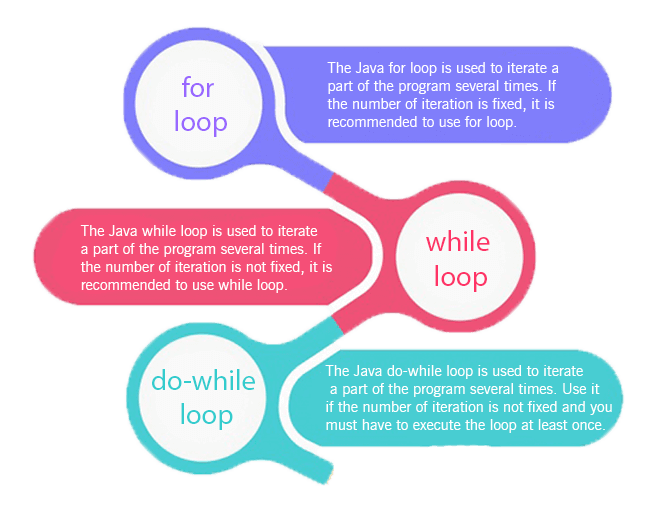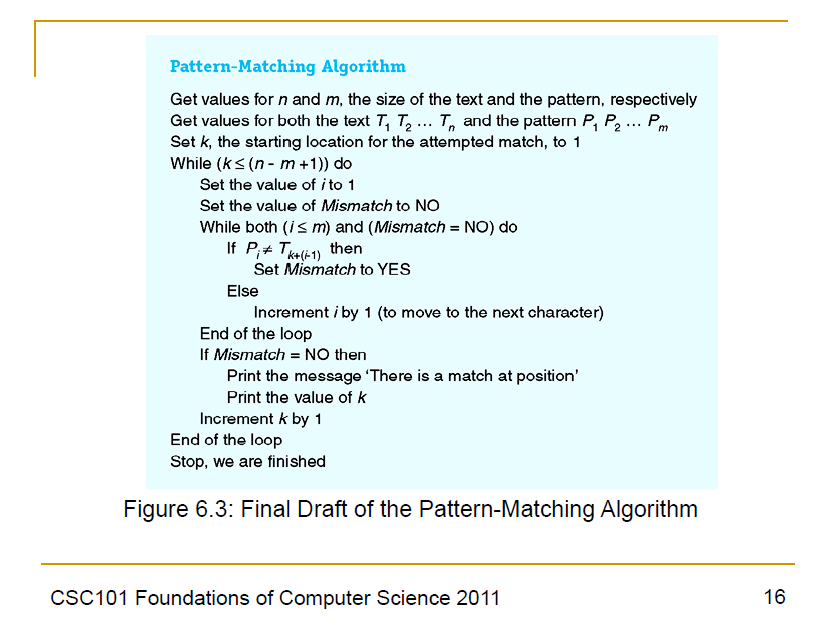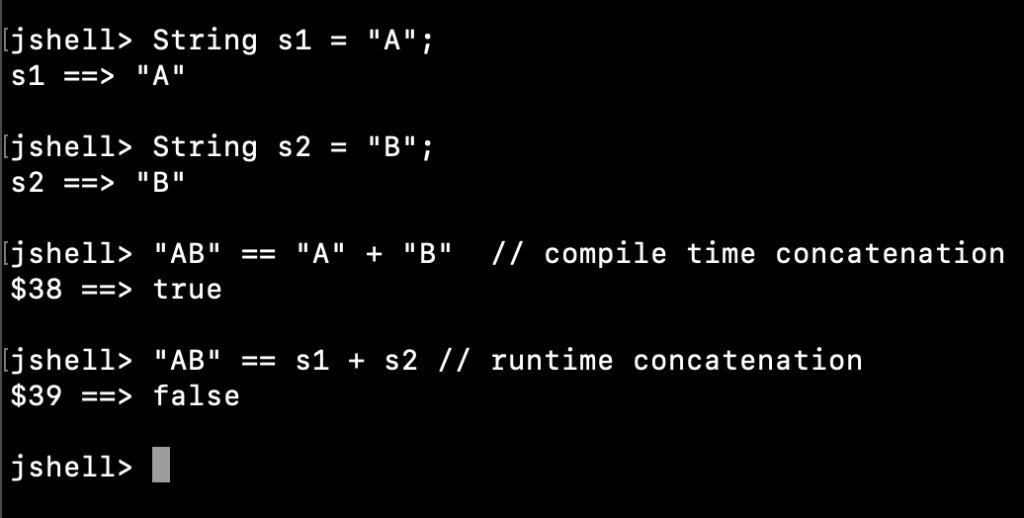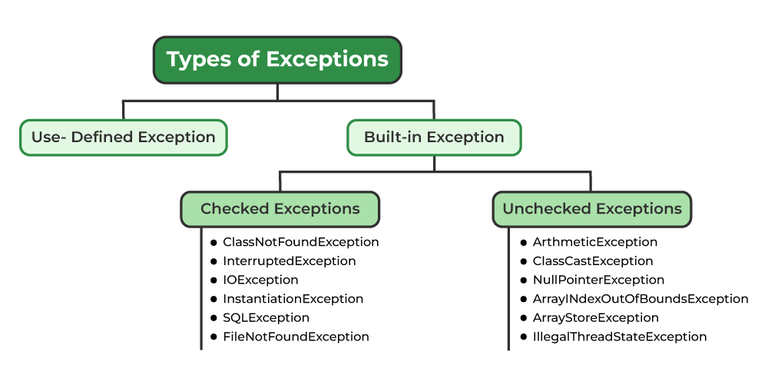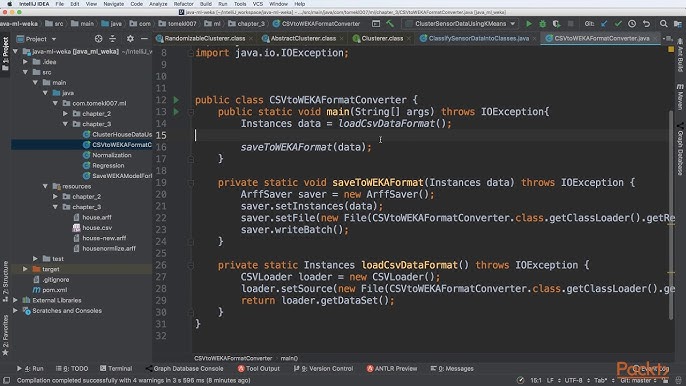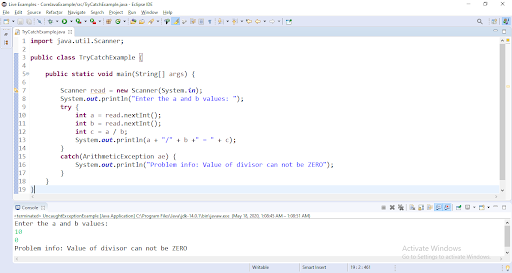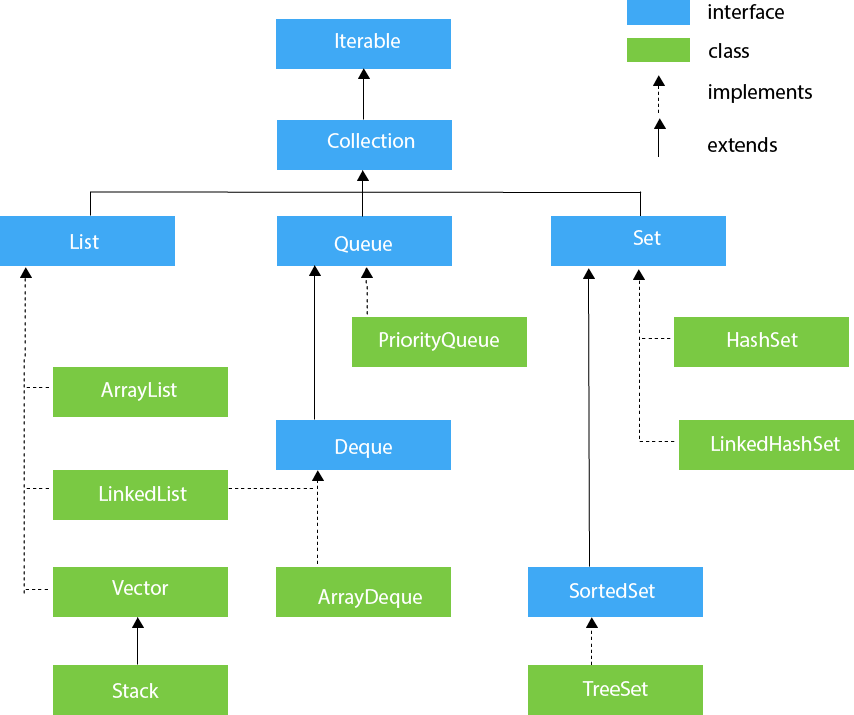Types of concrete class in java
Types of concrete class in java
I'd be happy to provide an answer in English.
In Java, there are several types of classes that can be categorized based on their functionality and purpose. Here are some of the most common types:
1. Abstract Class: An abstract class is a blueprint for objects that cannot be instantiated directly. It provides a way to define an interface or a base class for subclasses to implement. Abstract classes typically contain one or more abstract methods, which are methods without implementation.
Example: AbstractClass with method abstract void doSomething()
2. Concrete Class: A concrete class is a subclass of an abstract class that provides the implementation for the abstract methods. In other words, it's a specific type of object that can be instantiated directly.
Example: ConcreteClass extends AbstractClass and implements method void doSomething() { System.out.println("Doing something!"); }
3. Singleton Class: A singleton class is a class that ensures only one instance of itself exists. This is achieved by using the private constructor and providing a static method to retrieve the single instance.
Example: SingletonClass with private constructor and public static method getInstance() that returns the single instance
4. Factory Class: A factory class is used to create objects without exposing the creation logic to the client. This pattern can be useful when there are multiple classes that need to be instantiated based on some condition.
Example: FactoryClass with method public static T getInstance(Class<T> clazz) that creates an instance of a given class
5. Utility Class: A utility class is a class that contains a set of methods that perform specific tasks, often related to the class's domain or purpose. These classes are typically final and static.
Example: UtilityClass with methods public static int sum(int[] arr) and public static String format(String s, Object... args)
6. Enum Class: An enum class is used to define a set of constants or named values that can be used throughout the code. Enums are essentially constant classes.
Example: EnumClass with members ONE, TWO, and THREE
7. Inner Class: An inner class is a class that is defined within another class. This pattern can be useful when you want to encapsulate related data or behavior within an outer class.
Example: OuterClass with inner class InnerClass that has method void doSomething() { System.out.println("Doing something from the inner class!"); }
8. Nested Class: A nested class is a class that is defined inside another class, but not within any method or constructor. This pattern can be useful when you want to encapsulate related data or behavior within an outer class.
Example: OuterClass with nested class NestedClass that has method void doSomething() { System.out.println("Doing something from the nested class!"); }
These are some of the most common types of classes in Java. Understanding these concepts can help you design and implement your own classes effectively.
What is the difference between normal class and concrete class in Java?
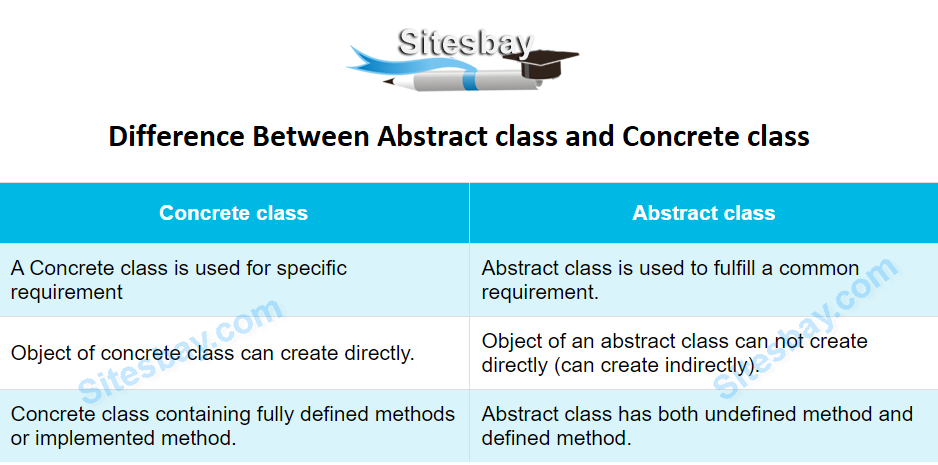
I'd be happy to explain the difference between a normal class and a concrete class in Java.
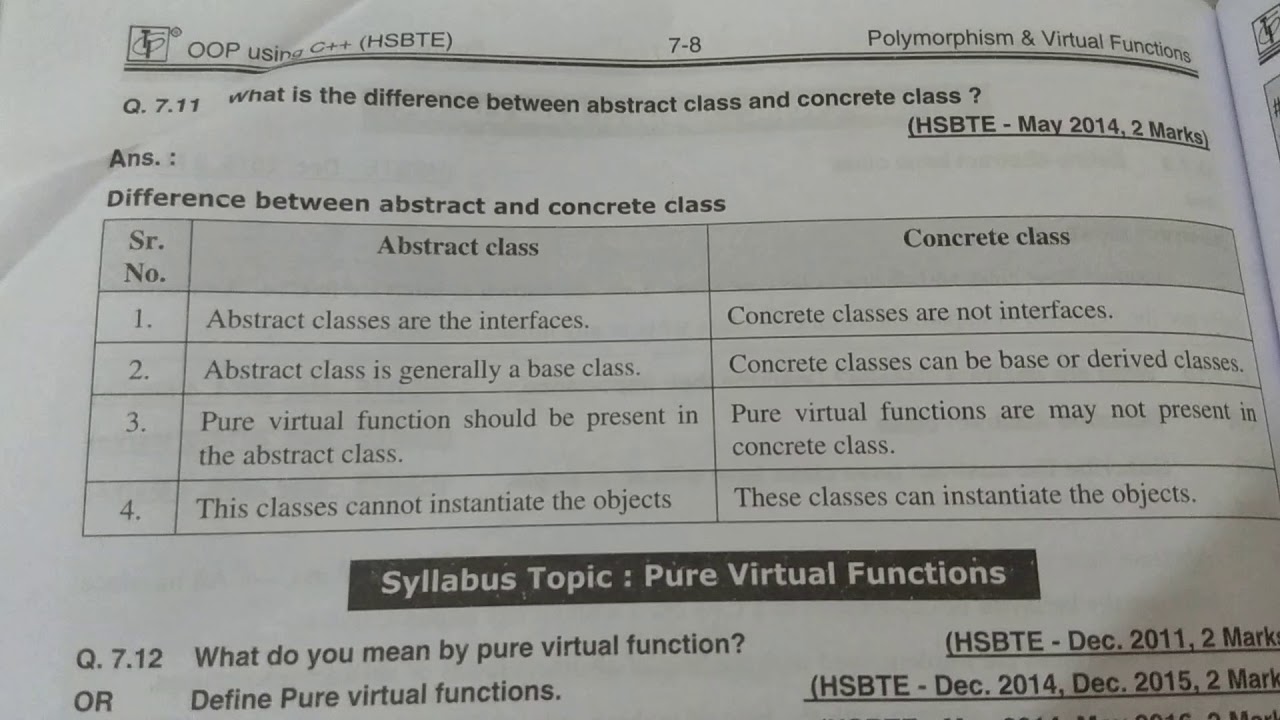
In object-oriented programming, classes serve as templates or blueprints for creating objects that can have their own state (data) and behavior (methods). In Java, when you define a new class, it is essentially a blueprint for creating objects. There are two main types of classes: abstract classes and concrete classes.
A normal class, also known as an abstract class, is a blueprint that cannot be instantiated directly. It is a template that provides a basic structure or framework for its subclasses to build upon. An abstract class typically includes some method implementations but can also contain abstract methods, which are declared without an implementation.
In contrast, a concrete class, also known as a non-abstract class, is a fully defined class that can be instantiated directly. A concrete class provides the complete implementation of its methods and fields. In other words, it has no abstract methods or variables.
Here's an example to illustrate the difference:
// Abstract Class (Normal Class)
public abstract class Animal {
public abstract void sound();
}
// Concrete Class
public class Dog extends Animal {
public void sound() {
System.out.println("Woof!");
}
}
In this example, Animal is an abstract class that provides a basic structure for its subclasses to build upon. It has an abstract method sound() that needs to be implemented by any subclass of Animal.
On the other hand, Dog is a concrete class that directly extends from Animal. It implements the sound() method by printing "Woof!".
When you create instances of classes in Java, you can only instantiate concrete classes. Attempting to instantiate an abstract class will result in a compilation error.
To summarize:
A normal class (abstract class) is a blueprint that provides a basic structure or framework for its subclasses. A concrete class is a fully defined class that can be instantiated directly and has the complete implementation of its methods and fields.Understanding the difference between normal classes and concrete classes is essential in object-oriented programming, as it helps you create robust and maintainable code.
